 “Adventure” is a word that repels many people, yet it’s the process of working towards an adventure goal that fills me with excitement and energy for the future. Adventure isn’t always fun and games. It can be pretty hard work too, with frequent floods of sweat, tears and frustration. So what’s the attraction? Why does anyone need to have an adventure goal? And why would you go through that turmoil when it’s so much easier to sit back and watch everyone else do it?
“Adventure” is a word that repels many people, yet it’s the process of working towards an adventure goal that fills me with excitement and energy for the future. Adventure isn’t always fun and games. It can be pretty hard work too, with frequent floods of sweat, tears and frustration. So what’s the attraction? Why does anyone need to have an adventure goal? And why would you go through that turmoil when it’s so much easier to sit back and watch everyone else do it?
YOU: Why do I need to have an adventure goal?
ME: Let me count the ways!
Adventure is fun!
Well, maybe not your everyday kind of fun where you spend the whole time laughing, relaxing, and at ease with the world. That’s what we call Type 1 Fun. Adventure often falls into the category of Type 2 Fun where it sure as heck didn’t seem fun at the time, but afterwards you recount it with a big grin on your face and the level of pain seems to diminish in comparison to the whole experience. In other words, the investment you made was worth it! Sometimes adventures turn out to be Type 3 Fun – not fun at the time and still not fun afterwards. However there are plenty of other rewards for an adventurous life besides having fun (like telling the story afterwards and laughing at yourself) ….. or not.
Adventure goals are motivating!
If you ever need a boost to get out of a rut, setting an adventure goal for yourself could be just the thing to kick-start your motivation. Make sure you choose your own adventure though – it’s got to be something YOU would like to do, and not too easy or too challenging either.
Adventure goals are stimulating!
Adventures are the perfect workout! They get your mind and body working together as a team. As your body goes through the motions of a physical challenge, your mind is right there alongside working hard to learn, problem-solve, adapt and connect with the outside world.
Adventure goals are inspiring!
When you work towards a goal that’s got just the right amount of challenge in it for you, you set off an internal loop that keeps you inspired, not just about your goal, but about other things in life too!
Adventure goals are satisfying!
When have you achieved something you though you might not be able to do? Something that seemed hard enough that you had to practise, or that you had to work at for a while before reaching your goal? The feeling of satisfaction (and even elation) that goes hand in hand with adventure-seeking is a natural high that’ll have you coming back for more. Find a purpose in your adventure, and you’ll be set for life.
Adventure goals stretch you to be your best self!
Dip your toes into the waters beyond your comfort zone, grow new skills and become your best self! You deserve it. The world deserves it from you too.
Adventure goals grow your skills!
With any new activity comes a process of learning, and adventures are no different. Choose your own adventure and develop physical skills such as co-ordination, balance and endurance; mental skills such as persistence and focus; inner skills like regulating your emotions, behaviours and energy levels; and even social skills, travel skills and money management skills! The sky’s the limit!
Adventure goals make you feel good (often after you feel a bit bad for a while, but mostly they make you feel good!)
Working on an adventure goal using a well-planned method adds significantly to your mental health and sense of wellbeing. You’ll learn heaps about yourself, what your truly capable of, and what makes you tick. You might detour on your way to your goal, or even change your goal altogether, and that’s all absolutely fine! It’s the insights you gain to your inner life, and the choices you make in your best interest that matter more than anything else!
Have I missed any important reasons to have an adventure goal? Let me know by sending me a message, and while you’re at it, tell me:
What adventure goal are you working towards next?

Discovering mountain biking as life’s ultimate parallel universe in her middle age, Kathryn Walton shares information and reflections in ‘Daisy Spoke’ that inform, inspire and empower women to a healthy and active lifestyle.



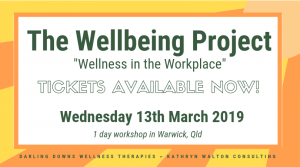
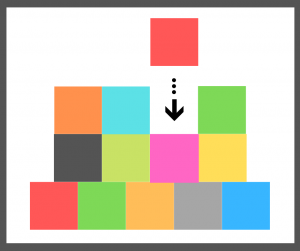
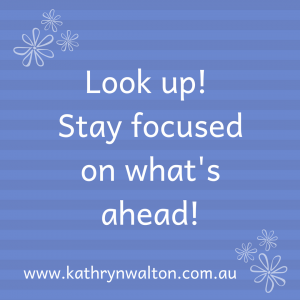
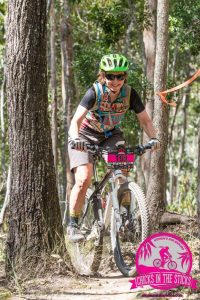
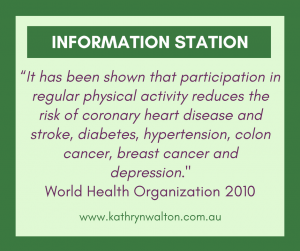
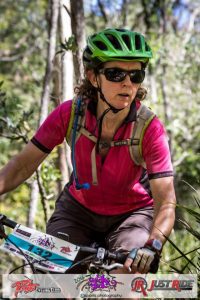

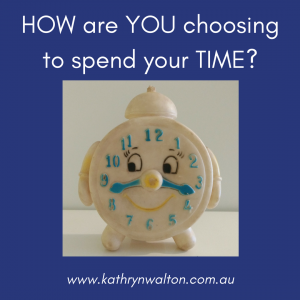
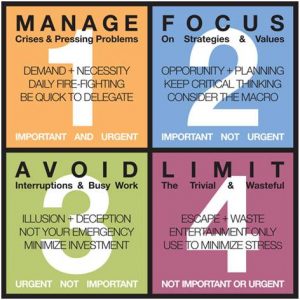

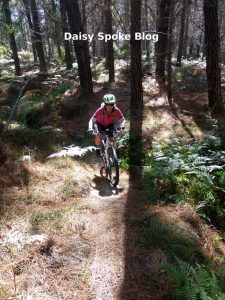 was missing it.
was missing it. 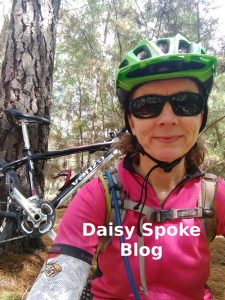 I’ve been practising and teaching this technique for a lot of years, and yet still I sometimes forget to do it when the moment arises. The thing is that on Sunday morning I DID NOTICE those fearful thoughts bouncing round my head. And guess what?
I’ve been practising and teaching this technique for a lot of years, and yet still I sometimes forget to do it when the moment arises. The thing is that on Sunday morning I DID NOTICE those fearful thoughts bouncing round my head. And guess what? 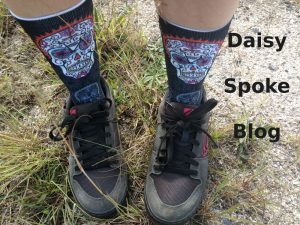 of short hills engaging my quads in an exertion that a couple of years ago would have been painful (if not impossible)! I pedalled in a higher gear than normal and found it easier than expected.
of short hills engaging my quads in an exertion that a couple of years ago would have been painful (if not impossible)! I pedalled in a higher gear than normal and found it easier than expected. 
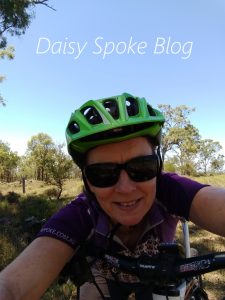 Daily exercise and general physical activity are crucial elements of feeling good. Just as some people might need to diligently take medication every day, I need to exercise every day. Exercise is nature’s way of stimulating the hormones which aid concentration, problem-solving, sleep, digestion, and mood. This daily dose of exercise rebalances our body’s systems resulting in wide-ranging benefits that no single medication can provide. The research is absolutely clear that regular medium to high intensity exercise can have a profound effect on health AND happiness.
Daily exercise and general physical activity are crucial elements of feeling good. Just as some people might need to diligently take medication every day, I need to exercise every day. Exercise is nature’s way of stimulating the hormones which aid concentration, problem-solving, sleep, digestion, and mood. This daily dose of exercise rebalances our body’s systems resulting in wide-ranging benefits that no single medication can provide. The research is absolutely clear that regular medium to high intensity exercise can have a profound effect on health AND happiness.
 Minds are such complex things! They wield a lot of power over our emotions and our actions (including sleep). But unless you notice what’s going on in your mind, and choose how much power to give it, your thoughts, assumptions and beliefs will control you instead of the other way around. The habit of being hooked by thoughts or strongly attached to them is limiting and anxiety-provoking. The key here is to begin by simply noticing what is happening in your mind, and by doing this with curiosity and without judgement. The power is in the noticing. You’ll collect all sorts of interesting bits of information about how your mind works, what thinking patterns it gets locked into, what beliefs and assumptions are behind it all, and how all of this impacts your physiology, your behaviours and your emotions. One of my favourite sayings is “Don’t believe everything you think!” because we can learn to stand back, notice the thought and choose whether to believe it, or not.
Minds are such complex things! They wield a lot of power over our emotions and our actions (including sleep). But unless you notice what’s going on in your mind, and choose how much power to give it, your thoughts, assumptions and beliefs will control you instead of the other way around. The habit of being hooked by thoughts or strongly attached to them is limiting and anxiety-provoking. The key here is to begin by simply noticing what is happening in your mind, and by doing this with curiosity and without judgement. The power is in the noticing. You’ll collect all sorts of interesting bits of information about how your mind works, what thinking patterns it gets locked into, what beliefs and assumptions are behind it all, and how all of this impacts your physiology, your behaviours and your emotions. One of my favourite sayings is “Don’t believe everything you think!” because we can learn to stand back, notice the thought and choose whether to believe it, or not.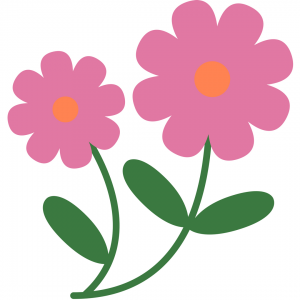 make the best ‘recipe’ for resilience and happiness – our world is full of distractions and quick-fix ideas. So, here I’d like to offer you some of the action-based ingredients that stand out through the ages and in all parts of world, and that are now backed up by rigorous research. In the next blog I’ll outline some of the very powerful mind-based strategies you can add to your mix to really step into your strength.
make the best ‘recipe’ for resilience and happiness – our world is full of distractions and quick-fix ideas. So, here I’d like to offer you some of the action-based ingredients that stand out through the ages and in all parts of world, and that are now backed up by rigorous research. In the next blog I’ll outline some of the very powerful mind-based strategies you can add to your mix to really step into your strength.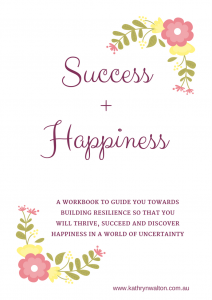 I have an EXCITING OFFER for you!
I have an EXCITING OFFER for you!


 Kathryn Walton shares information and reflections in Daisy Spoke that connect, inspire and self-empower women to make healthy choices for themselves.
Kathryn Walton shares information and reflections in Daisy Spoke that connect, inspire and self-empower women to make healthy choices for themselves.

 a normal mechanism designed to keep us safe, but if it’s keeping you small, then it’s time to do something about it. If your nervousness is impacting heavily on your functioning or contributing to ill-health, you can seek support from your GP to access counselling. Counselling is a bit like having a coach provide step-by-step guidelines and support as you learn new skills to achieve your goals.
a normal mechanism designed to keep us safe, but if it’s keeping you small, then it’s time to do something about it. If your nervousness is impacting heavily on your functioning or contributing to ill-health, you can seek support from your GP to access counselling. Counselling is a bit like having a coach provide step-by-step guidelines and support as you learn new skills to achieve your goals.